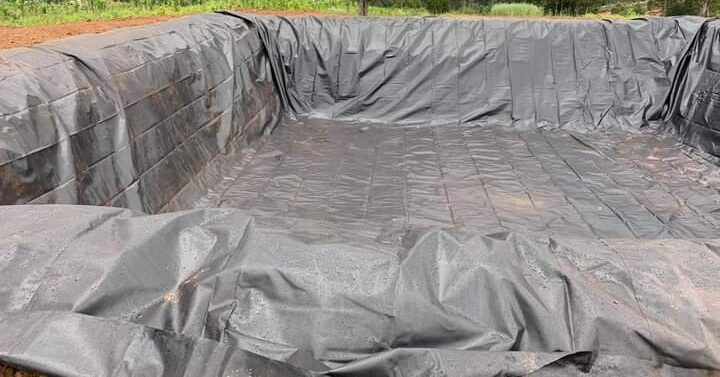In the world of agriculture and aquaculture, the importance of water conservation cannot be overstated. One crucial tool that has gained popularity for this purpose is the plastic dam liner. If you’re looking for plastic dam liners for sale, you’ve come to the right place. This comprehensive guide will help you understand the benefits, applications, and how to choose the right liner for your needs.
What is a Plastic Dam Liner?
A plastic dam liner is a synthetic material used to line ponds, dams, and other water reservoirs. These liners are designed to prevent water seepage, thus conserving water and ensuring that your reservoir holds water efficiently.
Benefits of Using Plastic Dam Liners
- Water Conservation: The primary benefit of using a plastic dam liner is its ability to prevent water loss due to seepage. This is particularly important in areas prone to drought or with limited water resources.
- Durability: High-quality plastic dam liners are made from robust materials that resist punctures, UV radiation, and chemical degradation. This ensures a long lifespan, providing excellent value for money.
- Ease of Installation: Plastic dam liners are relatively easy to install. With proper preparation and a few helping hands, you can line your dam or pond in a short amount of time.
- Versatility: These liners can be used in various applications, from small garden ponds to large agricultural reservoirs.
Applications of Plastic Dam Liners
- Agriculture: Farmers use plastic dam liners to store water for irrigation purposes. This helps in maintaining a consistent water supply throughout the growing season.
- Aquaculture: Fish farmers rely on dam liners to create an optimal environment for fish breeding and growth.
- Recreational Ponds: Homeowners and businesses use liners to create aesthetically pleasing ponds and water features.
How to Choose the Right Plastic Dam Liner
When searching for plastic dam liners for sale, consider the following factors:
- Material: Common materials include PVC, HDPE, and LDPE. Each has its pros and cons, so choose one that best suits your needs.
- Thickness: Thicker liners offer better durability but may be more challenging to install. Balance your need for durability with ease of installation.
- Size: Ensure the liner you choose is large enough to cover your reservoir with some extra material for anchoring.
- Quality: Opt for liners from reputable manufacturers. Check for reviews and ratings to ensure you’re getting a high-quality product.
Where to Find Plastic Dam Liners for Sale
- Local Suppliers: Visiting local agricultural supply stores can give you the advantage of seeing the product before purchasing.
- Online Retailers: Websites like Amazon and eBay offer a wide range of plastic dam liners. Make sure to check customer reviews and ratings.
- Specialized Suppliers: Companies that specialize in agricultural and aquaculture supplies often offer high-quality liners. Some reputable suppliers include BTL Liners and AquaTech.
Installation Tips
- Prepare the Site: Clear the area of any sharp objects or debris that could puncture the liner.
- Lay the Liner: Spread the liner evenly, making sure there are no folds or wrinkles.
- Anchor the Edges: Secure the edges with soil, rocks, or other heavy materials to prevent the liner from shifting.
- Fill with Water: Gradually fill the reservoir with water, smoothing out any remaining wrinkles as it fills.
Maintenance and Care
Regular inspection and maintenance can extend the life of your plastic dam liner. Check for any signs of wear or damage and repair promptly using appropriate patch kits. Keep the liner clean and free from debris to ensure optimal performance.
Conclusion
Investing in a high-quality plastic dam liner is a smart choice for anyone looking to conserve water and maintain efficient water reservoirs. By understanding the benefits, applications, and choosing the right liner, you can ensure a successful and long-lasting solution for your water storage needs. Explore the options available and find the best plastic dam liner for sale that fits your requirements.
Originally posted 2024-07-31 12:50:00.

